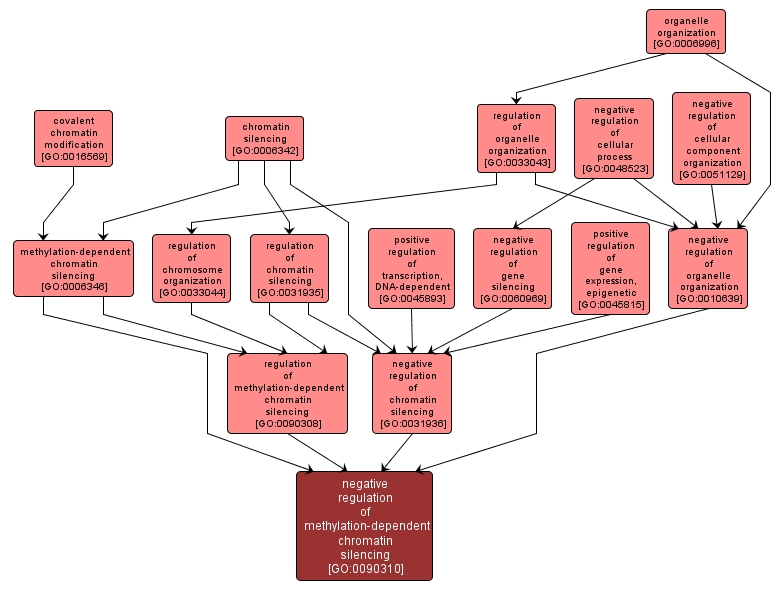GO TERM SUMMARY
|
| Name: |
negative regulation of methylation-dependent chromatin silencing |
| Acc: |
GO:0090310 |
| Aspect: |
Biological Process |
| Desc: |
Any process that decreases the rate, frequency, or extent of the repression of transcription by methylation of DNA, leading to the formation of heterochromatin. |
|

|
INTERACTIVE GO GRAPH
|














